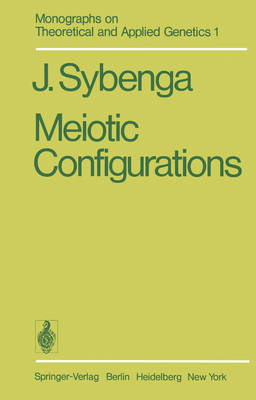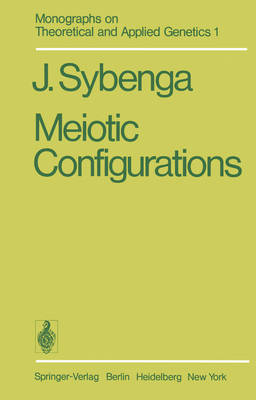
- Afhalen na 1 uur in een winkel met voorraad
- Gratis thuislevering in België vanaf € 30
- Ruim aanbod met 7 miljoen producten
- Afhalen na 1 uur in een winkel met voorraad
- Gratis thuislevering in België vanaf € 30
- Ruim aanbod met 7 miljoen producten
Zoeken
€ 168,45
+ 336 punten
Omschrijving
The aim of the monographs is to foster effective intra- and interdisciplinary communication between geneticists, and plant and animal breeders. This is to be achieved by publishing authoritative up-to-date texts; concise, but at the same time comprehensive, monographs, and multiauthor volumes on theoretical and applied genetics. The following broad fields of genetics and breeding are within the scope of the series: Evolutionary genetics Developmental genetics Population genetics Biochemical genetics Ecological genetics Somatic cell genetics Biometrical genetics Agricultural genetics Cytogenetics Mutation breeding Radiation genetics Breeding methodology Acceptable subjects for the Monographs on Theoretical and Applied Genetics are basic and applied aspects of genetic variation; genetic resources; genetic exchange and reproduction; mutagenesis; genotype-environment interaction; gene structure, regulation, action, expression and interaction; chromosomal and extrachromosomal inheritance ofeconomic traits, and genetic models and simulations. September 1975 The Editors Preface Meiotic configurations are looked at from a special point of view in this book: the extraction from them of the maximal amount of quantitative information of genetic interest. Although this requires a certain understanding of their origin and consequences, much of what is known about chromosomes and their for mation into the special structures collected under the rather indiscriminate term I "configuration", is not considered relevant for this purpose, and simply neglected.
Specificaties
Betrokkenen
- Auteur(s):
- Uitgeverij:
Inhoud
- Aantal bladzijden:
- 254
- Taal:
- Engels
- Reeks:
- Reeksnummer:
- nr. 1
Eigenschappen
- Productcode (EAN):
- 9783642809620
- Verschijningsdatum:
- 30/12/2011
- Uitvoering:
- Paperback
- Afmetingen:
- 153 mm x 244 mm
- Gewicht:
- 424 g

Alleen bij Standaard Boekhandel
+ 336 punten op je klantenkaart van Standaard Boekhandel
Beoordelingen
We publiceren alleen reviews die voldoen aan de voorwaarden voor reviews. Bekijk onze voorwaarden voor reviews.








